Recipe for a Litterless Lunch
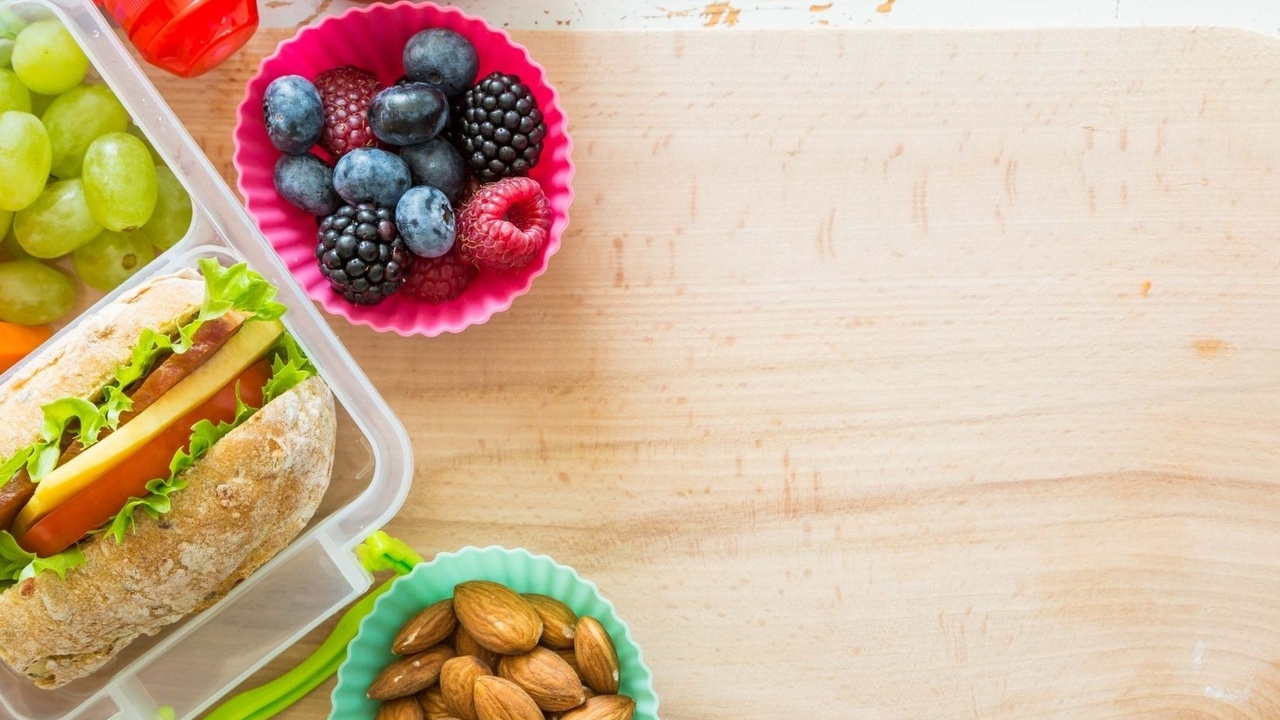
Every meal is an opportunity to live sustainably. This is a topic we’ve explored before – the food we eat has a significant impact on the environment. Some negative consequences of our food choices include excess carbon and other greenhouse gas emissions, synthetic chemical use, animal welfare problems, unfair labour, wasteful packaging, and environmental pollution.
On the other hand, making positive food choices like eating local, choosing organic, and growing your own produce help mitigate these issues and bring you one step closer to sustainable wellbeing.
In short - food is one of our most direct connections to the natural world, and we can really make a difference to our wellbeing and that of the planet with our food choices.
However, being environmentally conscious when it comes to our food choices isn’t just about the food itself, but also about the way we package our meals when we’re on the go.
We can elevate our food choices by looking at the big picture – how our food is produced, how we obtain it, and what is left behind once it is consumed.
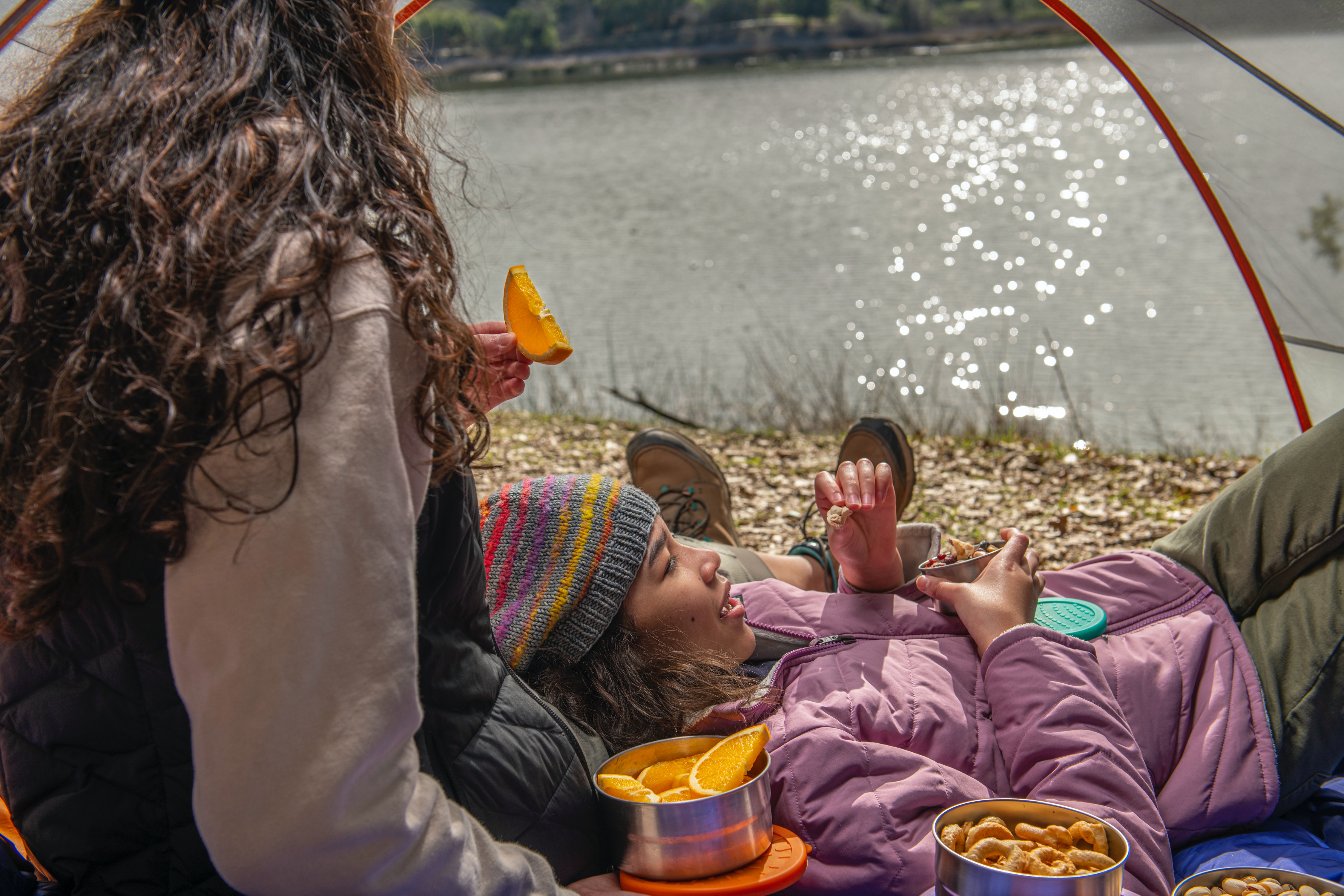
Whether you are packing a lunch for your child to take to school, your own lunch to take to work, or a picnic to enjoy with friends and family, you can plan ahead and avoid wasteful packaging and single-use plastics. Remember, our grandmothers didn’t have them, so we can get along without them too!
Why go Litterless?
We all know how convenient it can be to pick up a box of individually wrapped snacks to throw in our lunches. But is convenience worth the environmental damage these single-use items cause? Not to mention, what message are we sending to our bodies and to our kids when we eat this processed food rather than whole foods that don’t come with packaging.
Due to its long-lasting nature, plastic takes hundreds of years to break down in the environment. When plastic does eventually break down through weathering and sun exposure, it turns into microplastics which are very small pieces of plastic (generally less than 5 mm in length).
While larger plastics pollute the environment in obvious ways, microplastics are so small that they get ingested by wildlife and accumulate through the food chain. Single-use plastics are especially harmful due to their short lifespan and lasting environmental impact.
And of course, there are the financial and health incentives to go litterless as well! In many cases, prepackaged food is full of synthetic chemicals and unwanted ingredients, as these foods are often heavily processed. Heavily processed foods often include unhealthy levels of sugar, sodium, and fat.
In addition, these foods end up costing you way more! Overall, conveniently packaged foods just aren’t sustainable when it comes to the environment, your bank account, or your health.
How to go litterless
Litterless lunches are actually quite simple. Instead of making and sending lunches with disposable components, aim to send containers and utensils that are reusable.
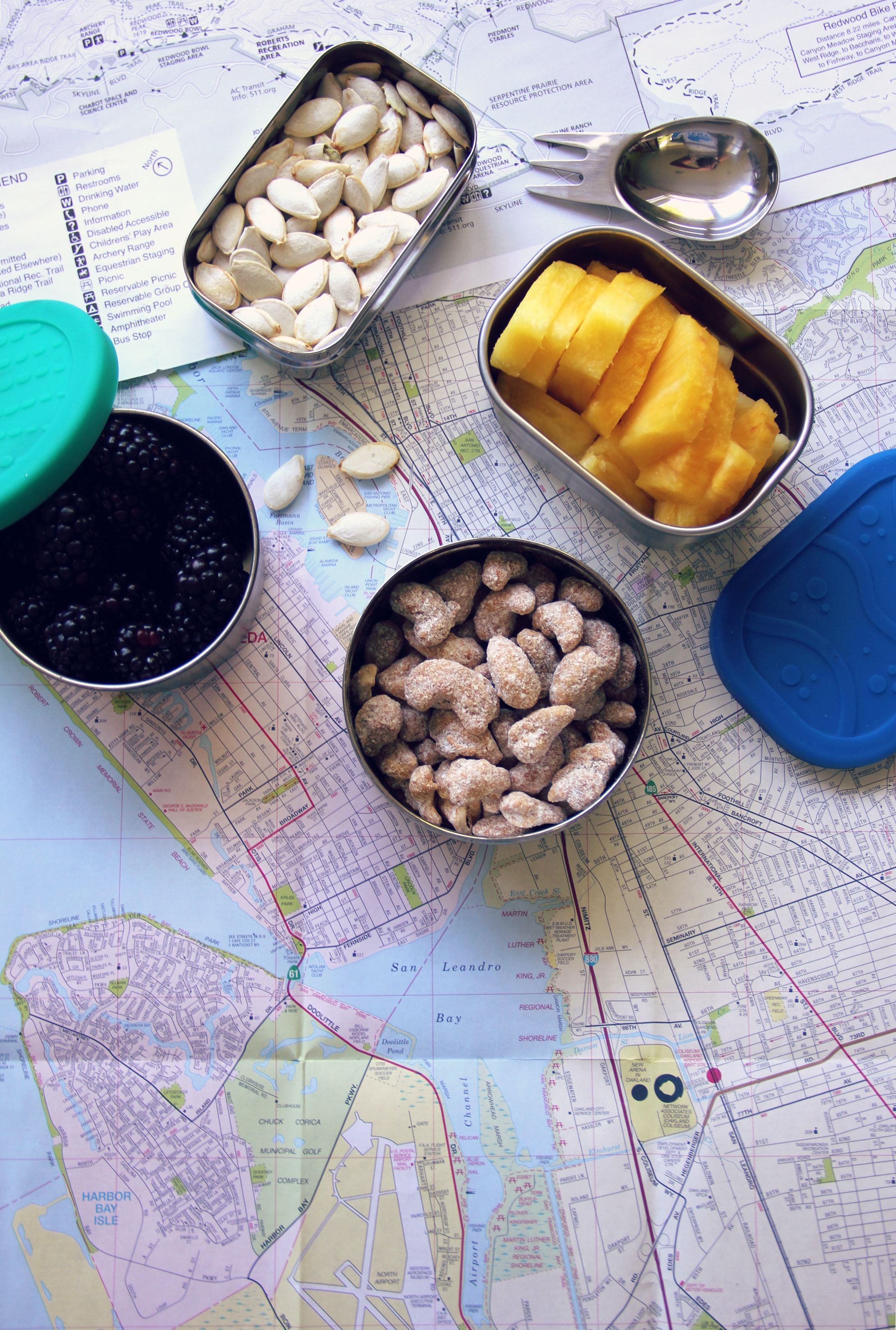
At first it might seem daunting to totally give up all your single-use packaging and prepackaged foods, but keep in mind that going completely litterless is a process. You don’t have to go completely zero-waste from the get-go. Simply introducing reusable alternatives over time is a great approach!
The litterless lunch can be broken down into five components: the lunch bag, containers, drink bottles, napkins, and cutlery.
The lunch bag
The brown paper bag used to be a pretty standard lunch bag in the past. Nowadays it is sometimes replaced by a plastic grocery bag. These two options really aren’t ideal due to their disposable nature.
Although to give credit where credit is due, reusable lunch bags have become very common in the past decade or so. If you don’t have one already, either for you or your children, this would be a good first step!
For those who can’t place their lunches in the fridge (this often applies to children), insulated lunch bags work wonders at keeping food cool once an ice pack is added. Or alternatively, you could look into purchasing a freezable lunch bag to skip that extra step.
If you have access to a fridge at work, you actually don’t need to go out and buy a fancy new lunch kit. Take a look around your house for a tote bag or a small reusable shopping bag.
Containers
When it comes to packaging your meals, there are tons of reusable containers to choose from. For the main portions of your meals, whether that be a sandwich, sushi rolls, pasta, or a salad, you’re going to want a larger container.
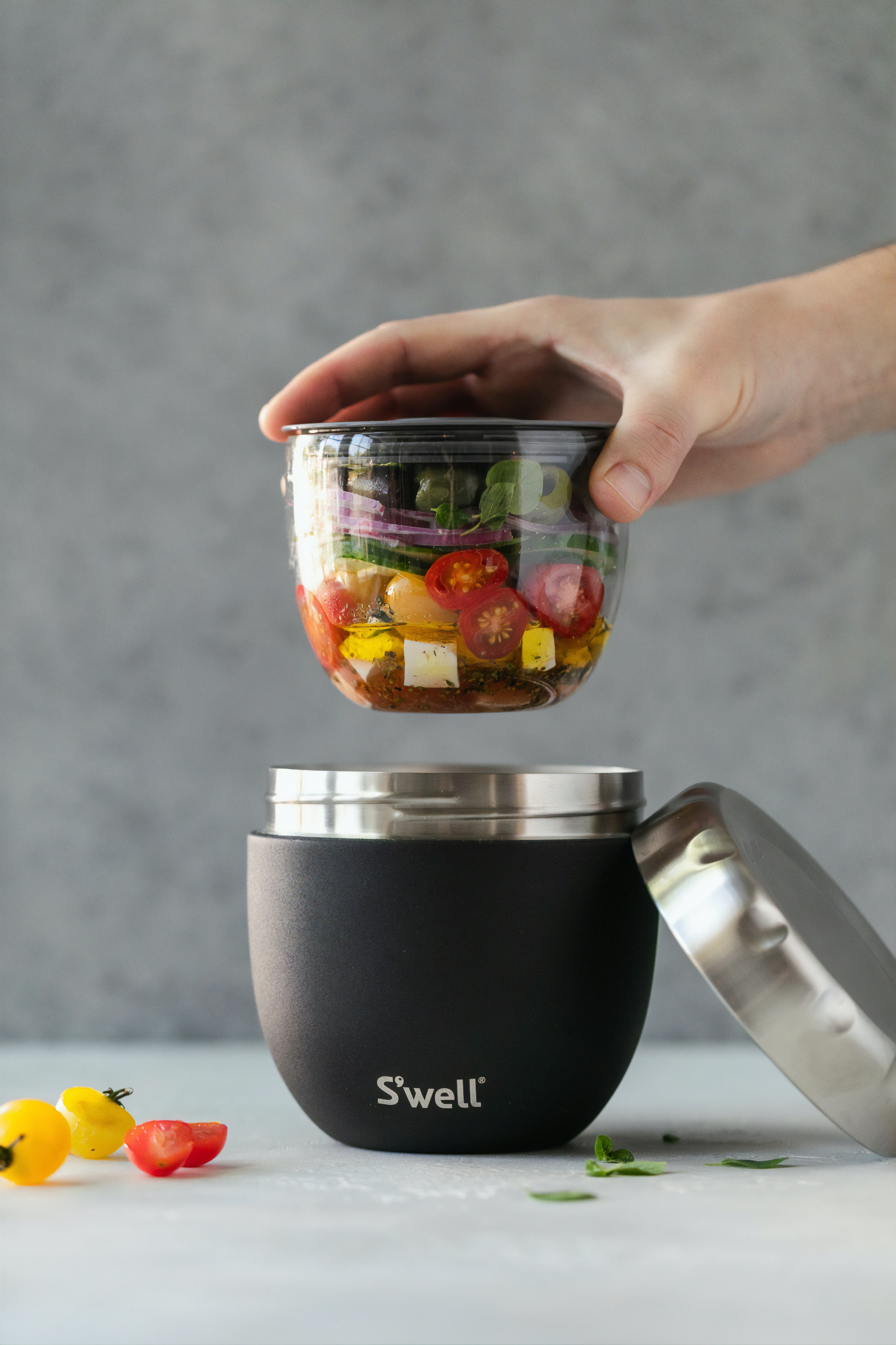
When selecting the type of material for this container, there are a few things to keep in mind. For starters, if this container will be used for a child, you might want to stray away from glass as it’s heavy and will break when dropped. Food safe plastic, food grade silicone, or food grade stainless steel might be a good option instead.
Do keep in mind that stainless steel is not microwaveable, but insulated stainless steel containers are great for keeping food cool or hot.
Another feature you might want to look out for is containers that have separate sections. This allows you to put a variety of foods in one container without them touching. This not only appeases any picky children that don’t like their food to touch, but it also saves you from having to purchase as many reusable containers.
Such containers include bento boxes which have been used for centuries in Japan to carry an entire meal on the go. These boxes are used by both adults and children alike and are great at fitting a lot in one container!
Snack bags
Single-use plastic snack bags can be replaced by reusable silicone snack bags! These have been gaining popularity recently, as they retain some similarities to a plastic snack bag while being washable and reusable.
These silicone bags have a semi-transparent look that allows you to see into the bag, have some flexibility unlike a glass or metal container, and are quite sturdy. What more can you ask for?
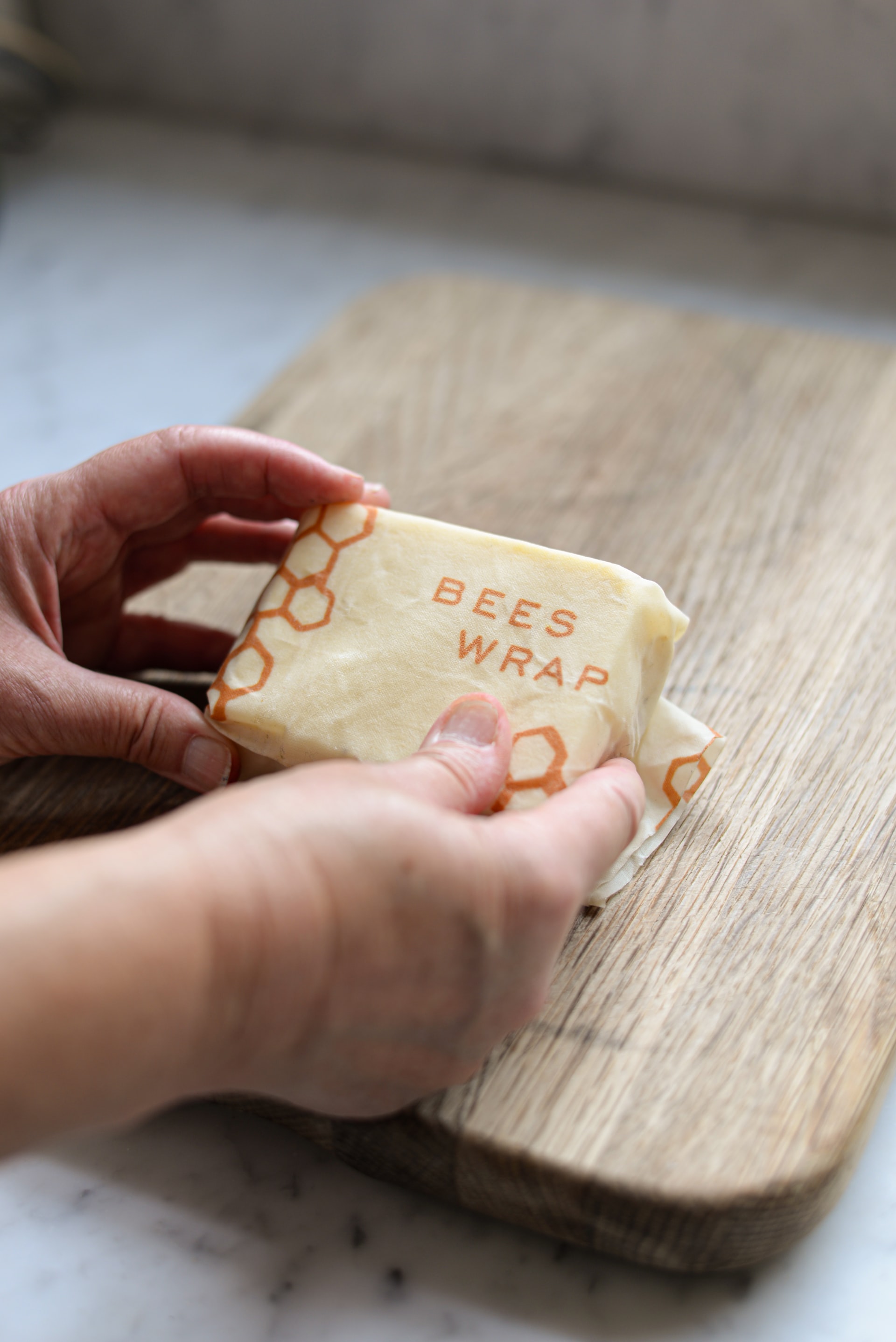
In addition to these silicone bags, you can also use beeswax cloths for storing small snacks as well. While these cloths are often used in place of plastic wrap, they can also be folded up into little pouches. The sticky beeswax helps seal the pouch to keep snacks safely inside.
Drink bottle
Reusable water bottles are a great option for minimizing your waste and staying hydrated. Insulated stainless-steel cups and bottles are perfect for keeping your drinks piping hot or extra cold.
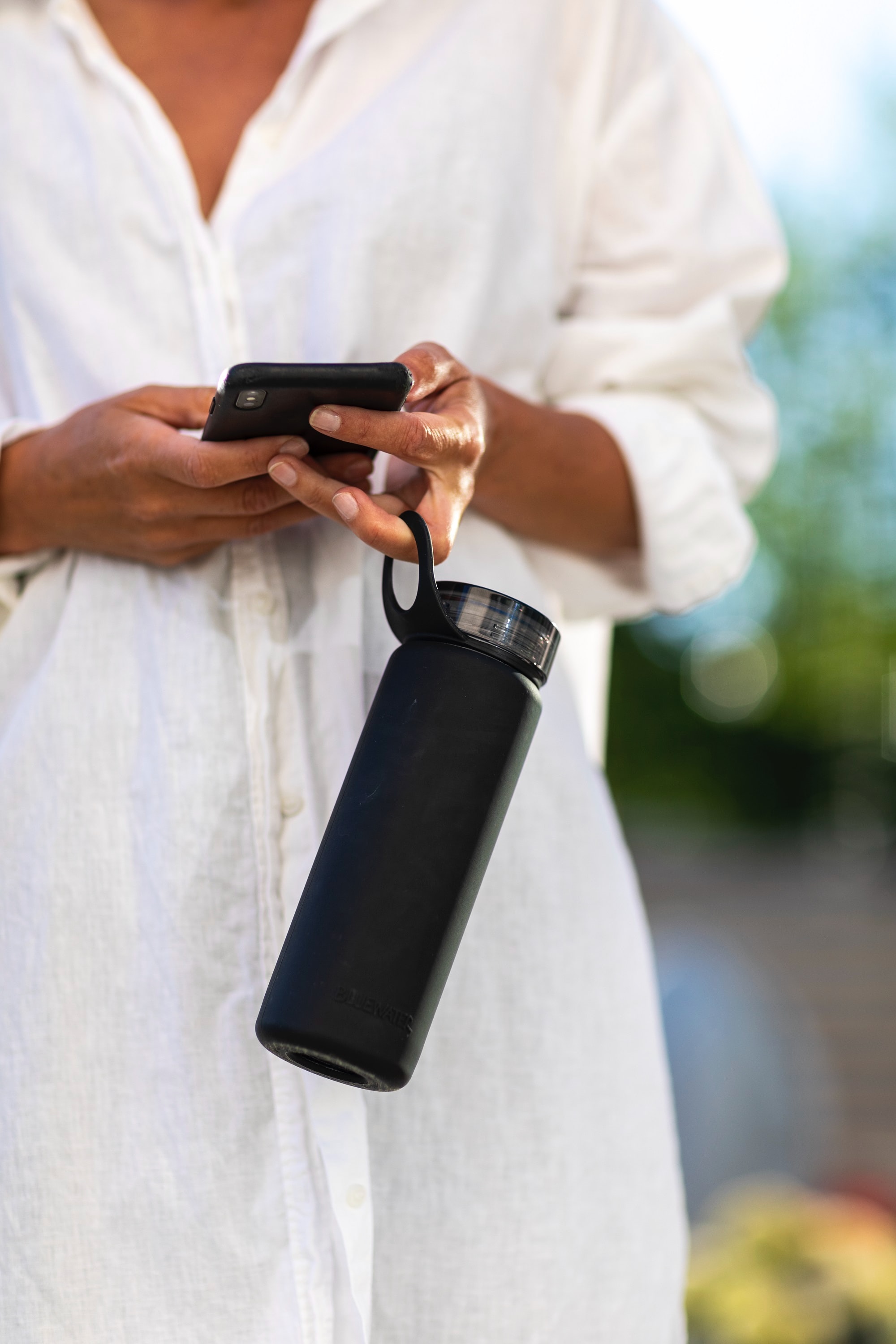
Don’t forget about reusable bottles/drinking boxes for any children in your life! There’s plenty of products out there that look just like juice boxes but are reusable. Not only does this help save the planet, but you also get a choice of what goes in the drinking box. Instead of sugary juices, why not try fruit infused water?
Cutlery
It is becoming less and less common for people to pack single-use plastic cutlery in their lunches. This type of cutlery is more often seen when ordering out at a restaurant. However, it is still important to discuss alternatives.
The most sustainable option regarding cutlery is to take some from home. Don’t be fooled into thinking you need to purchase a fancy bamboo or plastic set of cutlery in order to help save the planet. You might be better off saving those types of reusable cutlery for throwing into your purse or bag when you might unexpectedly find yourself needing a fork, knife, or spoon.
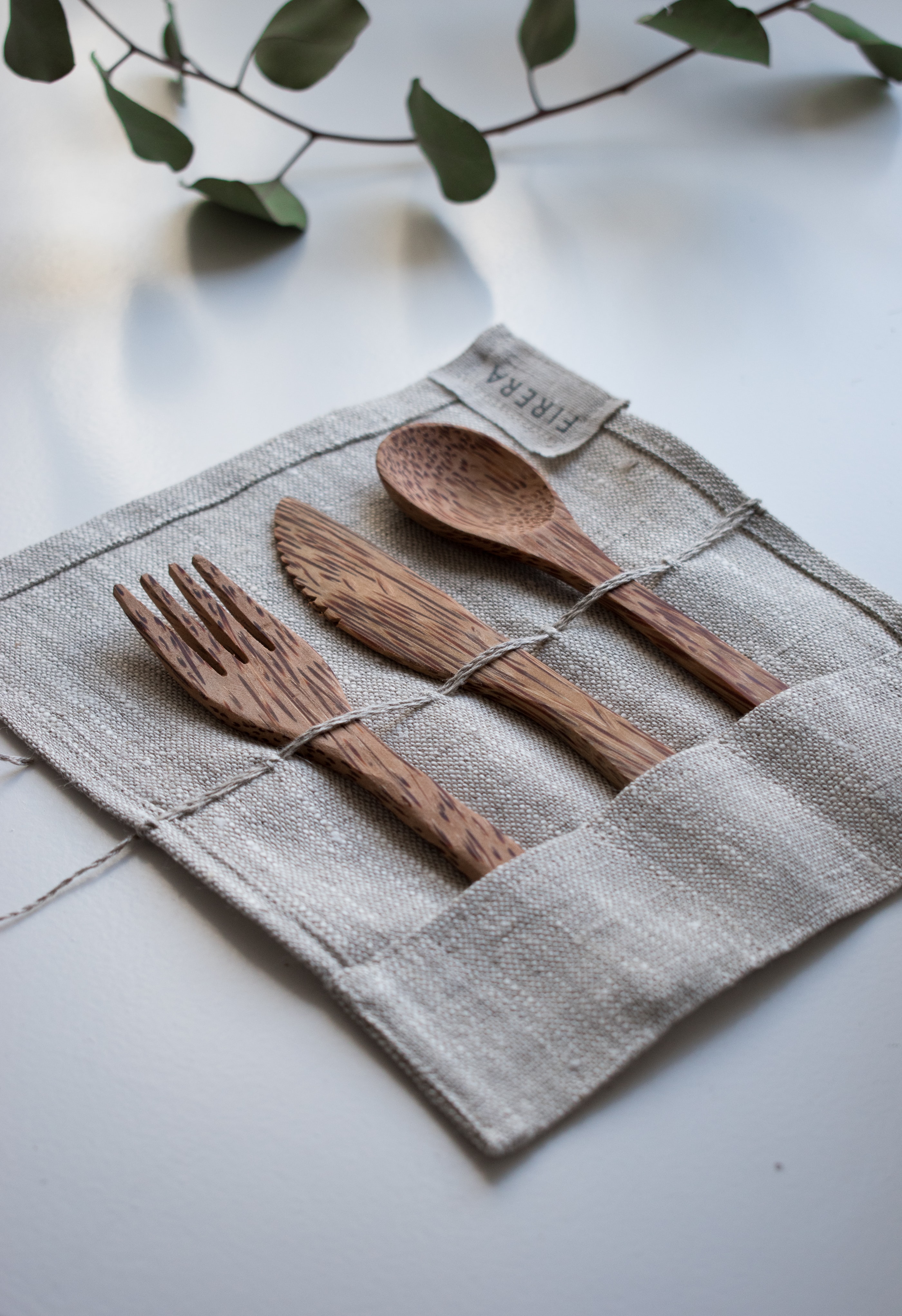
With these tips, I hope it will be a bit easier to transition to a litterless lunch for you and the people in your life! The value of sending kids off to school or daycare with litterless lunches is that they get to practice living a lower waste life and learning that it is easy and normal. Plus, it shows the other kids and teachers that it can be done - in a really fun and delicious way!
Stay connected with news and updates!
Join my mailing list to receive the latest news and updates. Your information will not be shared.

